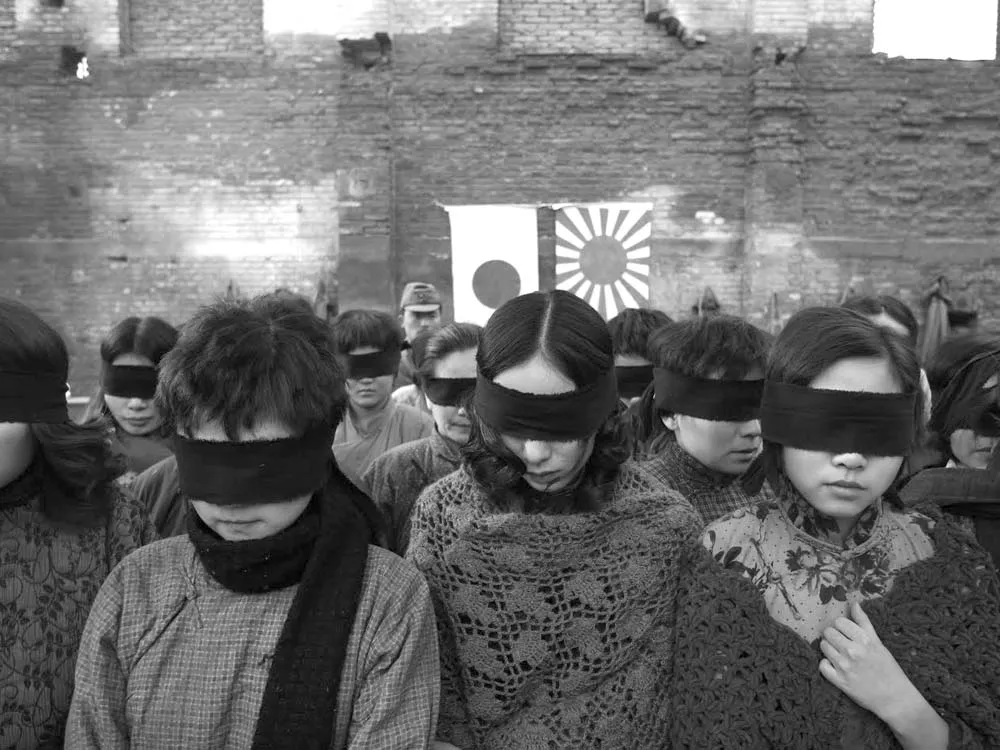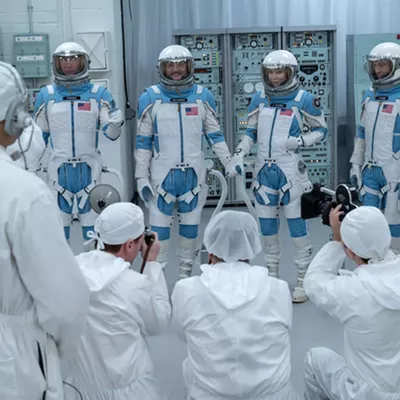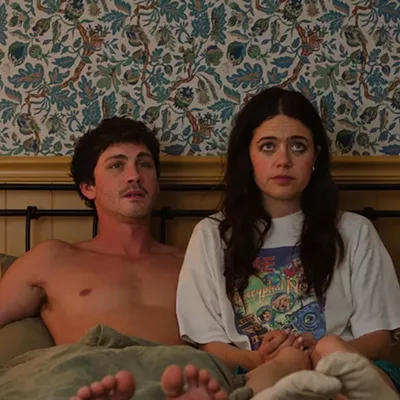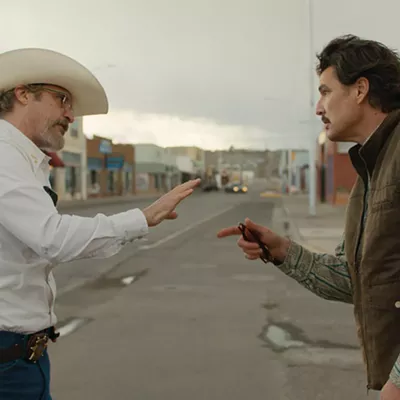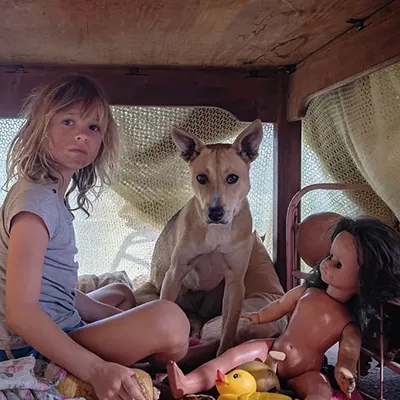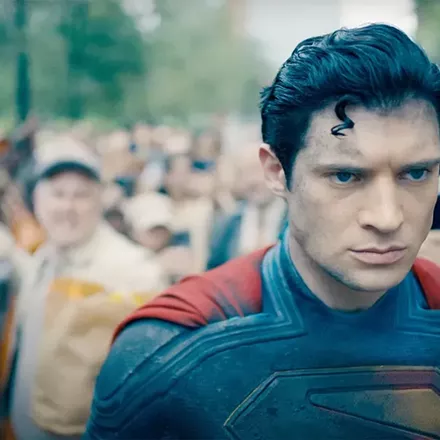Nanjing is an inland city. It lies along the massive Yangtze River, at the head of a delta that leads some 150 miles to the East China Sea.
The imagery that dominates the first act of Chuan Lu’s City of Life and Death — a Chinese account of the Japanese massacre at Nanjing — is of men rushing like water.
Waves of Japanese soldiers flood into the city. Chinese soldiers and irregulars, many unarmed, form a human levee to hold them back. Their line breaks in a dozen places, and the Japanese flow through them.
When a small group of Japanese soldiers walks in on a group of refugees packed in a church, the refugees part around the soldiers like the Red Sea around Moses.
Later, the broken remnants of the Chinese army are rounded up all over the town, marched to various places — a stockyard, the banks of the Yangtze. When they are mowed down from behind with pistols and rifles and machine guns, their bodies lift, then fall like a cresting, crashing wave.
Chuan Lu’s message is clear. In 1937, the Japanese Empire was a force akin to nature itself. The Republic of China — fractious, under-industrialized — was all but powerless. In their havoc, the Japanese were unflinching and indiscriminate. They pillaged. They killed. They raped.
City of Life and Death — by all accounts Lu’s most ambitious film — has a cleanly drawn morality, an unflinching lens, and is shot in beautiful, stark black and white. The film unambiguously recalls Spielberg’s Schindler’s List and, in doing so, draws a clear parallel between the Nanjing Massacre and the Holocaust.
I’m not qualified to judge the historical legitimacy of that claim, but in mimicking Spielberg’s visual language, Chuan Lu has placed himself in conversation with cinema’s most strident, unapologetic and saccharine moralist.
This is a problem for him. Once you get past the brutality of Schindler’s List and into the clockwork, you find a film that functions on sentiment, catharsis and a very clear — very Western — sense of right. There can be moral struggle, as in the case of Oskar Schindler himself, so long as there are personifications of pure innocence (the nameless girl in the red coat) and pure evil (Ralph Fiennes’ Amon Goeth) to help those keeping score at home.
Lu offers us evil (most of the Japanese soldiers) and innocence (most of the Chinese civilians), but there’s really no Schindler here. Intertwining narratives include glimpses of John Rabe, a Nazi businessman who gave shelter to some 200,000 refugees. For Rabe, though, there’s no inner struggle. The path is clear.
Very few people fight in City of Life and Death. Even fewer change.
Chuan Lu wants the viewer to identify most strongly with Kadokawa, a young and honorable Japanese sergeant who is crippled by the horrors he sees. Kadokawa is no hero, though. He never really puts his life at risk. He certainly never sacrifices himself. He is our guide, and his inaction is telling.
In his overblown way, Spielberg gave us grand soliloquies from both victim and executioner. He allowed both to act with conviction. But shit — really bad shit — just seems to happen in City of Life and Death, and Lu responds mostly with silence. His human chattel stay in their in pens, oscillating in frequencies of quaking fear and bitten-back rage, waiting to die.
Spielberg’s idea was that, even in the face of pure evil and overwhelming odds, good people can score small victories before they die. There are no small victories in City of Life and Death. There are not even revolts. There is horror, there is impotence, and at the end, there is death.
Chuan has created a dark, roiling sea of suffering and inhumanity here. Kadokawa, at the center, is meant to be our North Star.
The man’s only act of rebellion, though — paltry and selfish and coming far too late — doesn’t offer enough light to navigate by.

